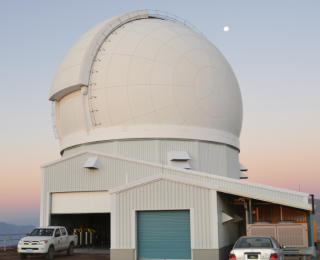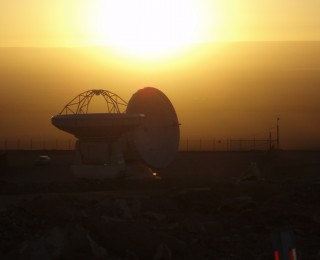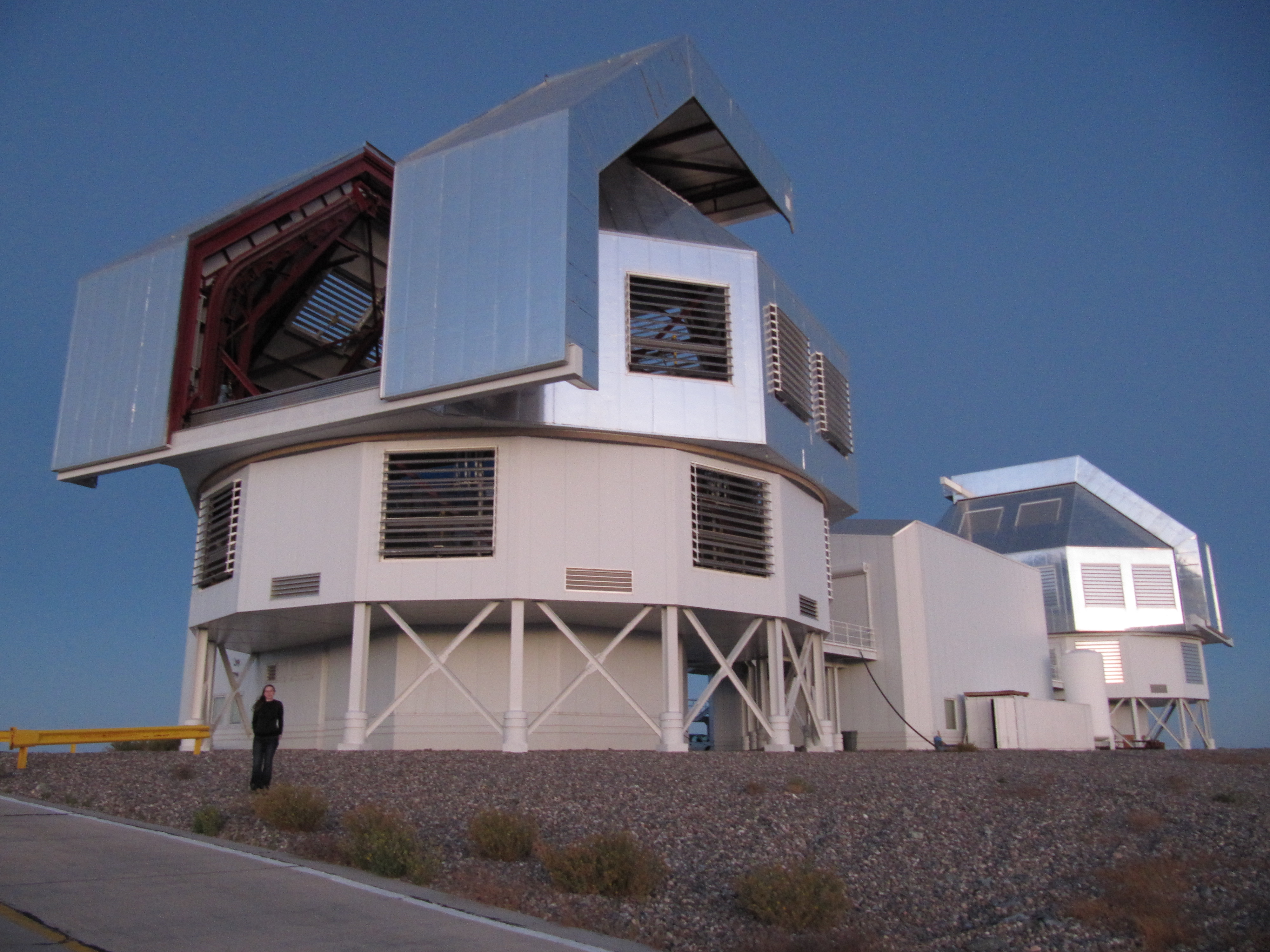
by Kate Storey-Fisher | Sep 10, 2019 | Daily Paper Summaries
Continuing our series on the historical interaction between Western astronomy and Indigenous communities, this post discusses ALMA and other observatories in Chile.

by Josh Fuchs | Feb 18, 2014 | Personal Experiences
I recently participated in an engineering trip to the SOAR Telescope in Chile, where I helped with numerous maintenance and upgrades for the Goodman Spectrograph.

by Adele Plunkett | Jan 29, 2012 | Personal Experiences
Note: This is the first astrobite in what I hope will be a periodic series about my adventures doing astronomy research in a foreign country. I’ll be living and doing research in Santiago, Chile, for one year with funding from the Fulbright Commission for Educational Exchange Between the USA and Chile. Taking advantage of this opportunity to be in Chile during commissioning and Early Science of the ALMA Observatory, I’m spending three months as a visiting scientist in the “Commissioning and Science Verification” (CSV) group of ALMA. For details on ALMA (the Atacama Large Millimeter/submillimeter Array), check out the website. During my time with CSV, I will spend 8 day “turnos” (or shifts) at the ALMA Operations Support Facility (OSF) in the Atacama Desert, one of the driest places in the world and really quite spectacular! The rest of my time with ALMA will be spent at the Santiago Central Offices (SCO) working on data reduction and analysis in preparations for ALMA “Full Science” (see results from ALMA Early Science in this astrobite). Here I will describe one day of my first turno. This time, I’m working the “day shift”, which begins in the afternoon and runs until midnight.11:00 am — Good morning (it’s still morning…)! Time to take a walk around, maybe I will hit the gym. Of course, exercising either the mind or the body can be a challenge at an elevation of 2900 meters (about 10,000 feet). At least we’re not up with the antennas at 5000 meters!12:20 pm — Quick shower. Quick for two reasons: (1) Water is scarce in the Atacama Desert, so we...

by Elisabeth Newton | Apr 27, 2011 | Daily Paper Summaries
As the light from these distant objects propagates towards us, it encounters metals in the intervening IGM that superimpose absorption lines on the quasar’s spectra. By looking for metal absorption lines in the spectra of high redshifts quasars, we can learn about the metal content of the IGM. This paper by Simcoe et al. considers the spectra of 7 quasars with redshifts greater than 5.5. The moderate-resolution, near-infrared spectra were obtained over the past year with the FIRE spectrograph.

by Elisabeth Newton | Mar 31, 2011 | Career Navigation, Personal Experiences
Last week I spent two nights observing on Magellan, in Chile. It was my first observing trip and there was a lot more to it than expected!





